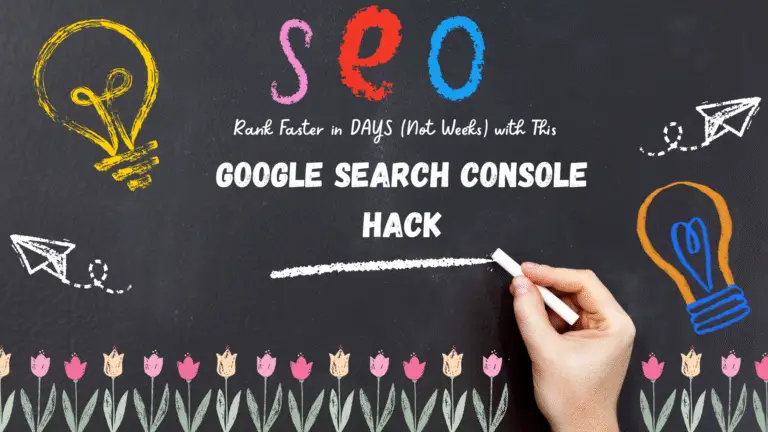Table of Contents
7 Essential ChatGPT Prompts To Help AI Write In Your Unique Voice
In today’s content-driven world, maintaining a unique writing voice is essential. But when you’re working with AI tools like ChatGPT, how do you ensure the generated content sounds like you? By strategically using prompts, you can train ChatGPT to emulate your tone, structure, and style. Whether you’re aiming to scale your content, refine drafts, or brainstorm creatively, here are seven effective prompts to shape ChatGPT into your personal writing assistant.
1. Introduce Yourself to ChatGPT as a Writer
The first step to training ChatGPT to write like you is a personal introduction. Think of this as giving AI insight into your writing persona, including your style, tone, and goals.
Prompt:
“I would like to introduce myself to you as a writer, with an eye toward training you to write like me. I’ll share some writing samples shortly.”
ChatGPT may respond with a prompt to dive deeper into your style, helping you outline key elements of your voice. This is your chance to shape the AI’s understanding of your personality as a writer. You can then follow up by pasting samples of your work for analysis.
2. Share and Analyze Your Writing Samples
Once you’ve set the stage, upload excerpts of your previous work. It’s a good idea to select samples that reflect the tone and format you’ll need most.
Prompt:
“I will start by sharing [3, 5, etc.] excerpts from my past work. Please analyze and provide a brief overview of each to capture my style and tone.”
By examining these excerpts, ChatGPT can better understand your nuances—whether you favor humor, a formal tone, or straightforward language.
3. Describe and Mimic Your Voice
After sharing your work, prompt ChatGPT to describe your writing style based on the samples you provided. This creates a reference point for both you and the AI, setting clear markers for your voice.
Prompt:
“Based on the excerpts from my writing, I’d like you to describe the characteristics of my voice, focusing on tone, style, and any distinctive traits.”
Use ChatGPT’s description as a baseline. Then, try this follow-up to generate new content:
Prompt for new content:
“I’d like you to write a [paragraph, social media caption, etc.] in my voice, on the topic of [topic description], including [key points to include].”
This approach makes it easier to get results that match your style, even for new topics.
4. Tailor Content for Different Audiences
Crafting content for diverse audiences can be tricky. ChatGPT can help by adjusting the tone and language for specific groups, allowing you to maintain consistency while speaking directly to your readers.
Prompt:
“I would like you to rewrite the following content in my voice but adjust it for [target audience]. Ensure the tone, terminology, and complexity are appropriate for this audience while maintaining my overall style.”
This is useful when writing for multiple platforms or adjusting for readers with varying expertise levels.
5. Identify and Replicate Structure
Some types of content, like essays or persuasive pieces, have a specific format. ChatGPT can be trained to replicate these structures, ensuring your message is conveyed effectively every time.
Prompt:
“I am pasting a piece of content below. Please break down its format and structure, noting key elements like [introduction, argument points, evidence, conclusion]. Then, use this format to create a new piece based on the following topic: [insert topic].”
ChatGPT can follow this structure for future content, creating pieces that are cohesive and aligned with your style.
6. Adapt Content for Different Platforms
When publishing on multiple platforms, content often needs adjustments. ChatGPT can modify your original content for different platforms without losing your unique voice.
Prompt:
“I’d like you to create a [headline, social media caption, blog post, etc.] for [specific platform]. Please use the content I’m pasting below as a reference and maintain the same tone and style.”
This approach makes it easier to share consistent messages across platforms, from LinkedIn and Twitter to newsletters and blog posts.
7. Preserve and Refine Your Creative Input
AI tools are powerful for productivity, but they shouldn’t overshadow your creativity. Use ChatGPT as a complement to your voice, amplifying your message without replacing it. Remember, you can use AI for brainstorming, structuring, and editing, while still putting your own creative touch on the final product.
Prompt:
“I want to maintain my creative influence in this piece. Please help organize the ideas I provide, but leave space for my personal edits and tone adjustments.”
By using ChatGPT as a collaborative partner rather than a replacement, you’ll continue to refine your authentic voice while gaining the advantages of AI.
Wrap up with some unimportant Note
ChatGPT is an invaluable tool that, with the right prompts, can become a close match to your voice and style. From introducing your style to structuring arguments or tweaking content for specific audiences, these seven prompts offer a solid starting point. AI doesn’t have to replace your creativity—it can help maximize your reach and let your unique voice shine across diverse platforms.







Wow, fantastic blog format! How long have you ever been running
a blog for? you make blogging look easy.
The full look of your web site is wonderful, as well as the content
material! You can see similar here e-commerce